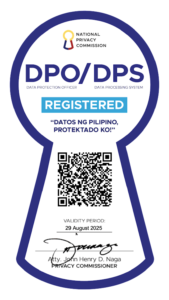I have been in the field of education for more than twenty years. Each school year, I meet different kinds of teachers whose disposition, approaches and strategies to teaching would inspire, fascinate or challenge me. The same goes for the students I meet. They too have different dispositions, approaches and strategies to learning. The learning process is truly endless; we always have something new to learn from our colleagues and students. Teachers are the forever learners in this world because of their vast opportunities to meet new people each year.
The years 2019-2023 are special for me because I had an expanded opportunity to meet more teachers and students even during the pandemic. Through the Transnational Education (TNE) program of the Philippine and the United Kingdom governments, I, together with more than 10 others, were granted scholarships and we finished a master’s degree in Designing Education (MADE). This is a joint degree program offered by Miriam College and Goldsmiths University of London. The foundational and major courses were both taken at the Miriam College in their Loyola campus in Katipunan Avenue, Quezon City, and in the Goldsmiths campus in London. And yes, from this program, I met people who inspired, fascinated and challenged me as an educator.
I was inspired by my Filipino classmates and Miriam College and Goldsmiths professors because I have learned the importance of consistently making meaning out of what we are teaching or doing working in a school setting. My journey as a teacher started with the desire to serve the youth through education. My experiences in teaching in a school for girls further intensified that desire. Being part of the MADE program led me to reflect on the learning processes and assessment design that I use in the classroom including the policies we implement in school. Most importantly, the program helped me strengthen my philosophy and advocacy for teaching. I will not forget how much I struggled appreciating the iterative process of design and its impact on the teaching strategies I use in class. I also had to resist giving too much attention to the learning output and the grades I receive but to give more attention to the learning process itself. Indeed, when design thinking is integrated in pedagogy, we are forced to reflect on our curriculum and instructional design, most especially the manner we assess the learning of our students. Design and education are cohesive forces that will compel us to use critical pedagogy if we truly want to be student-centered.
In this journey, I could fully embrace my philosophy as an educator as I went from student-centered to girl-centered–this was heart of my Independent Research Project in this program which now represents the reasons why I continue to work at a school for girls, Miriam College High School. My classmates and I went through a tedious process of iteration to complete our Independent Research projects which is the culminating task of the program. Just like me, they too were immersed in a meaningful learning process applying design concepts in pedagogy. In the entire of process of learning and feedback giving, we all inspired, fascinated and even challenged one another. Now that we are back in the Philippines, we hope to apply and share the knowledge we have gained from the program for improving the public and private educational sector of our country.








